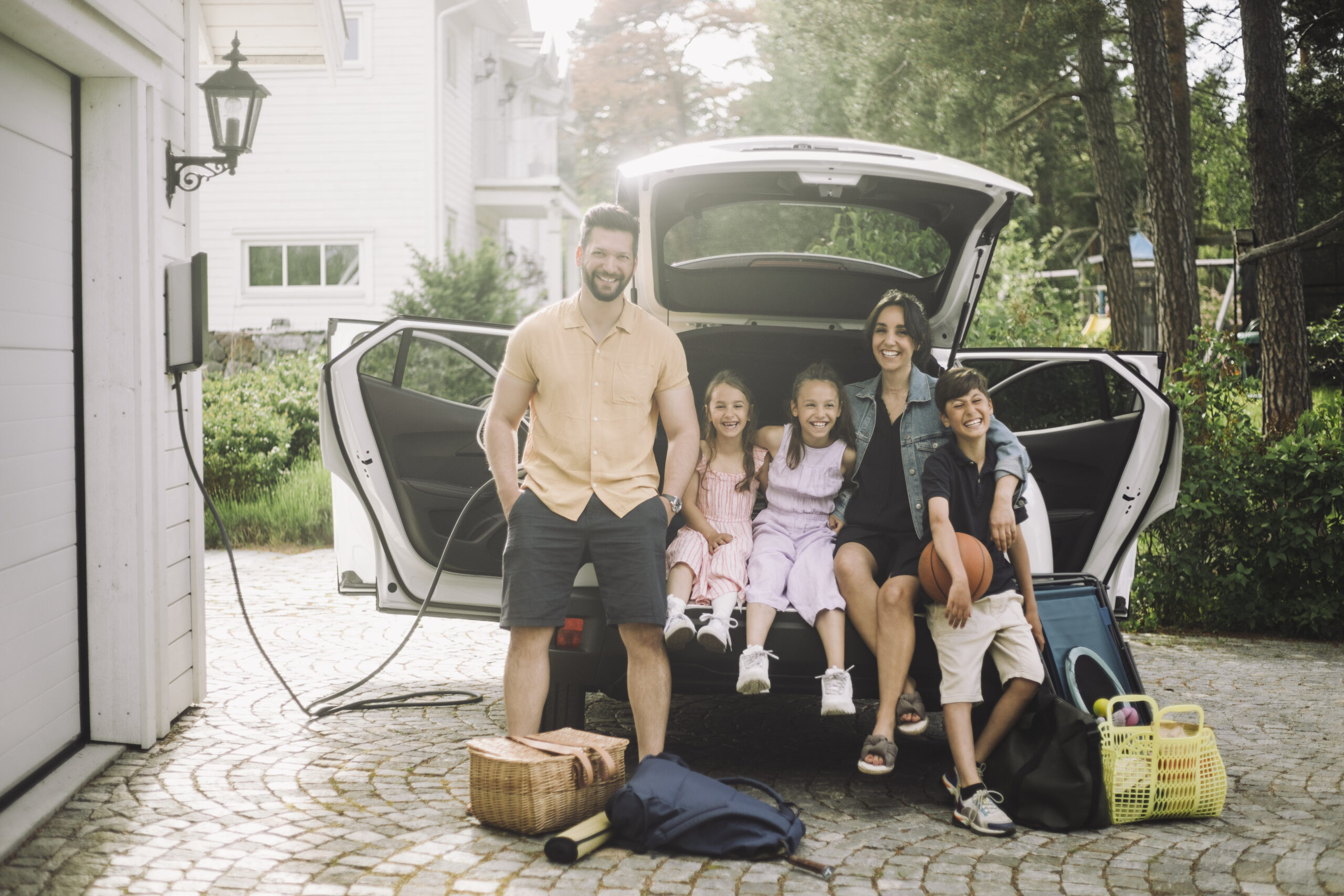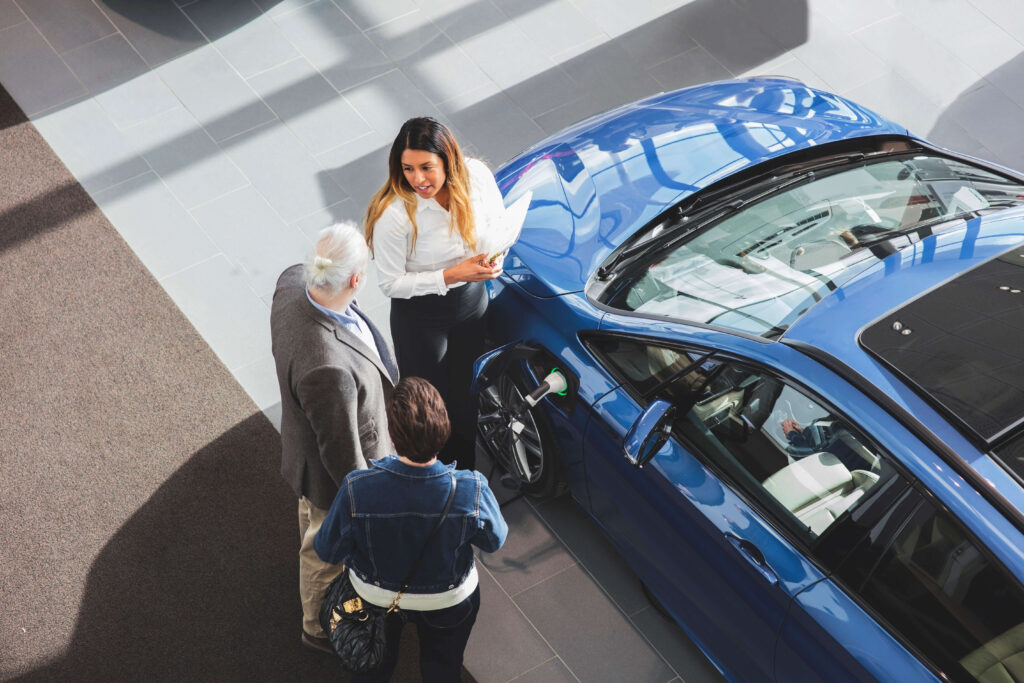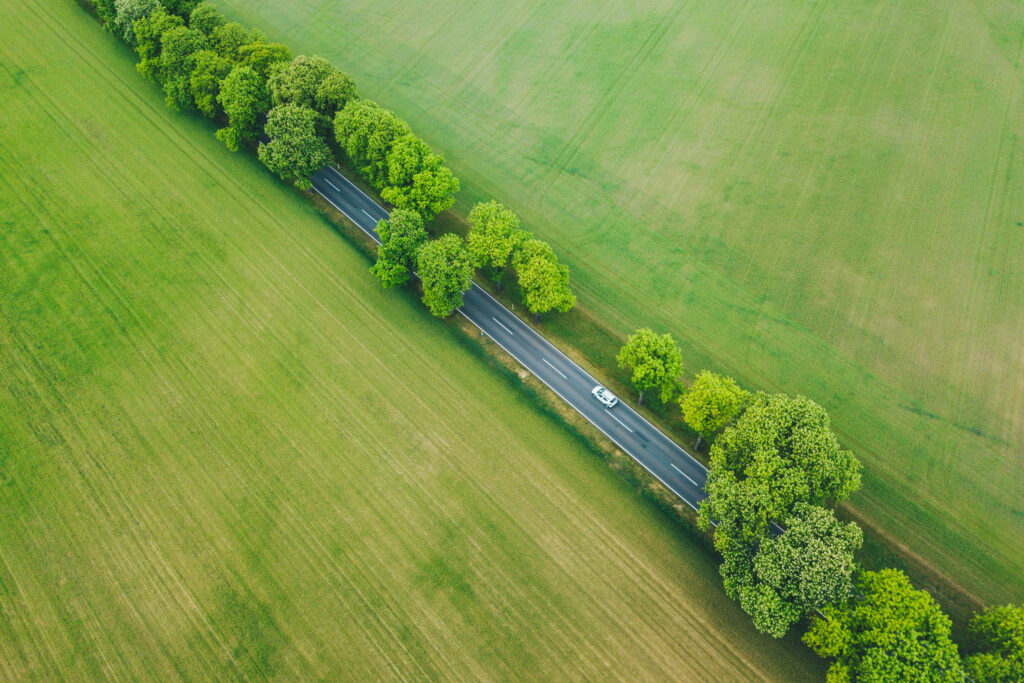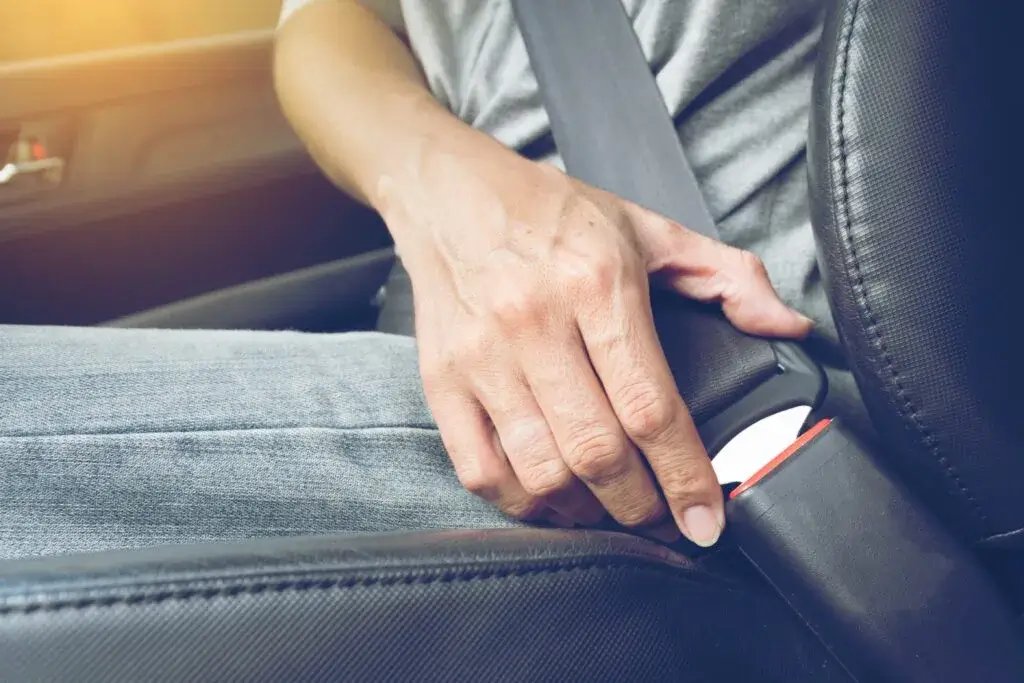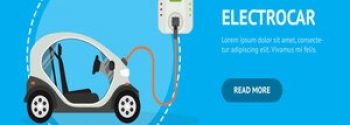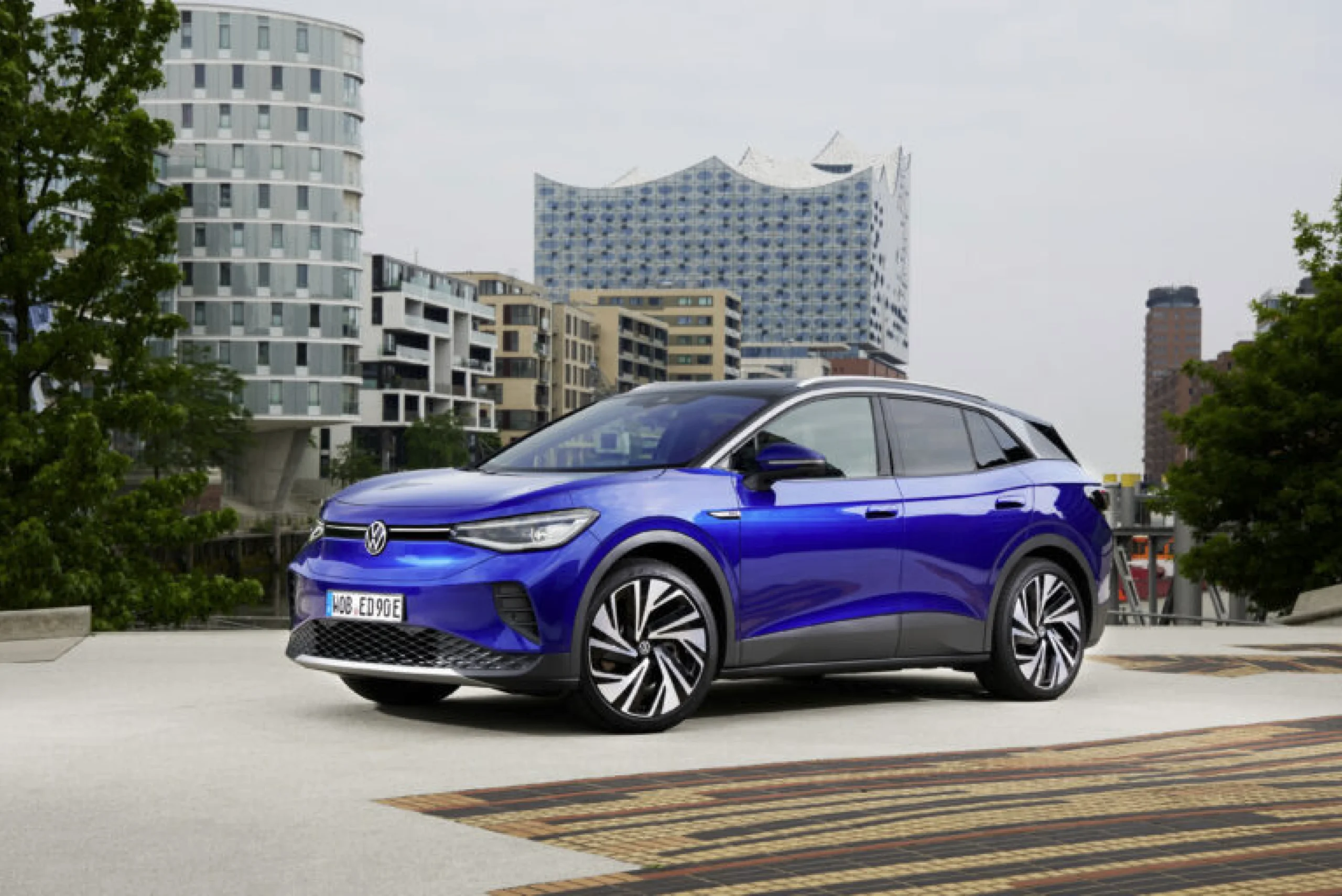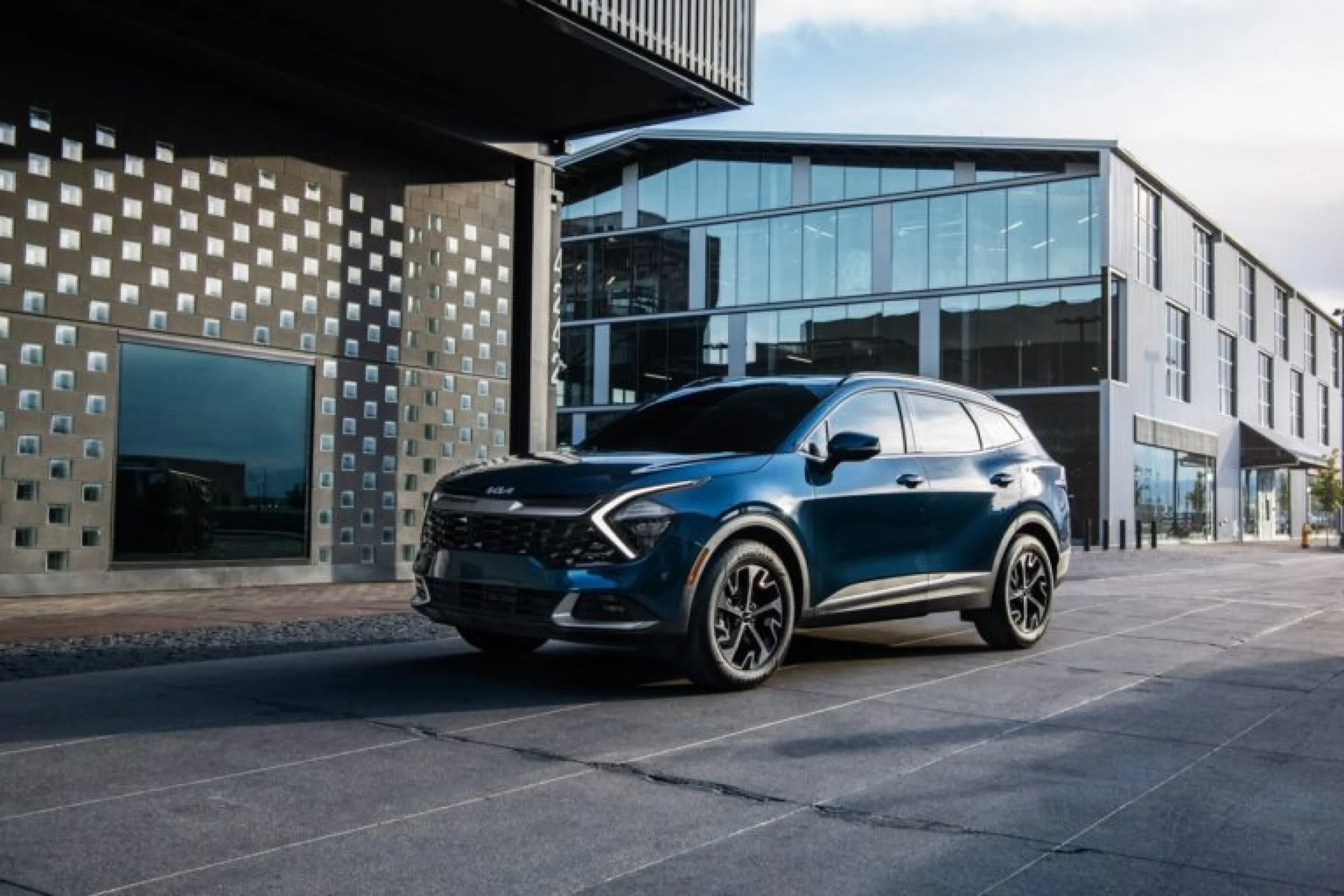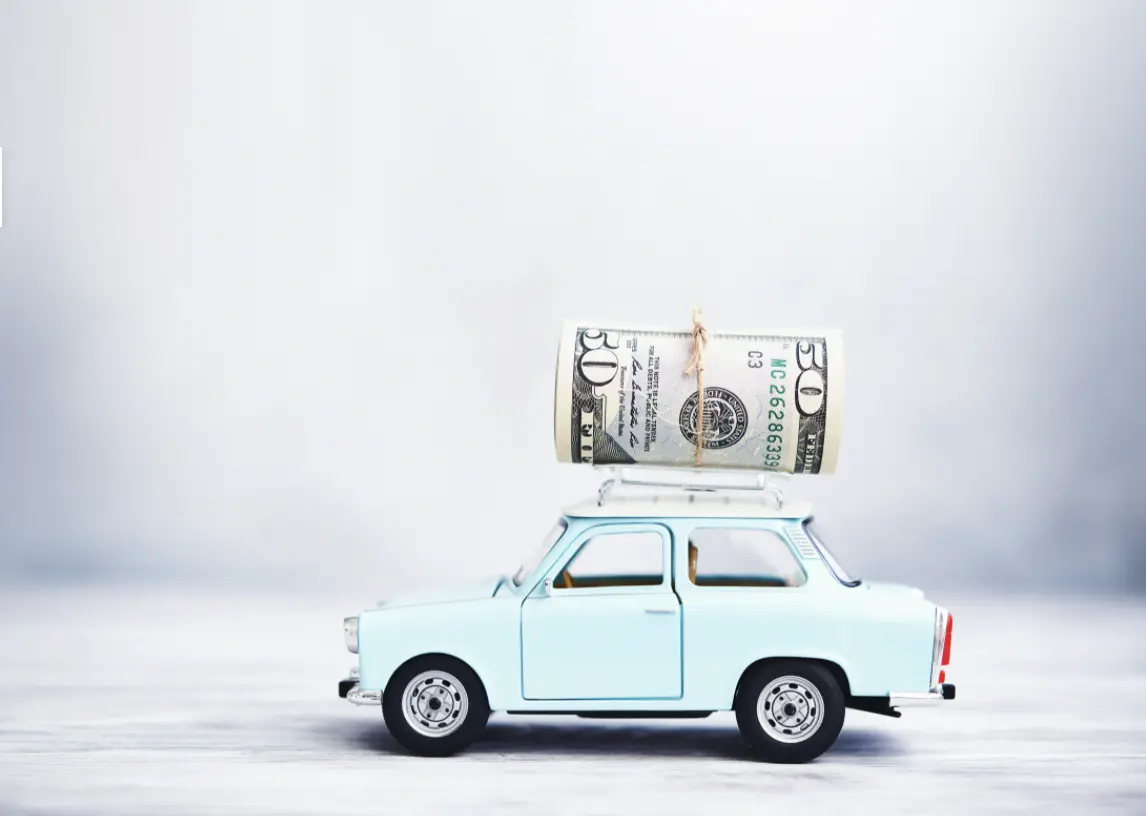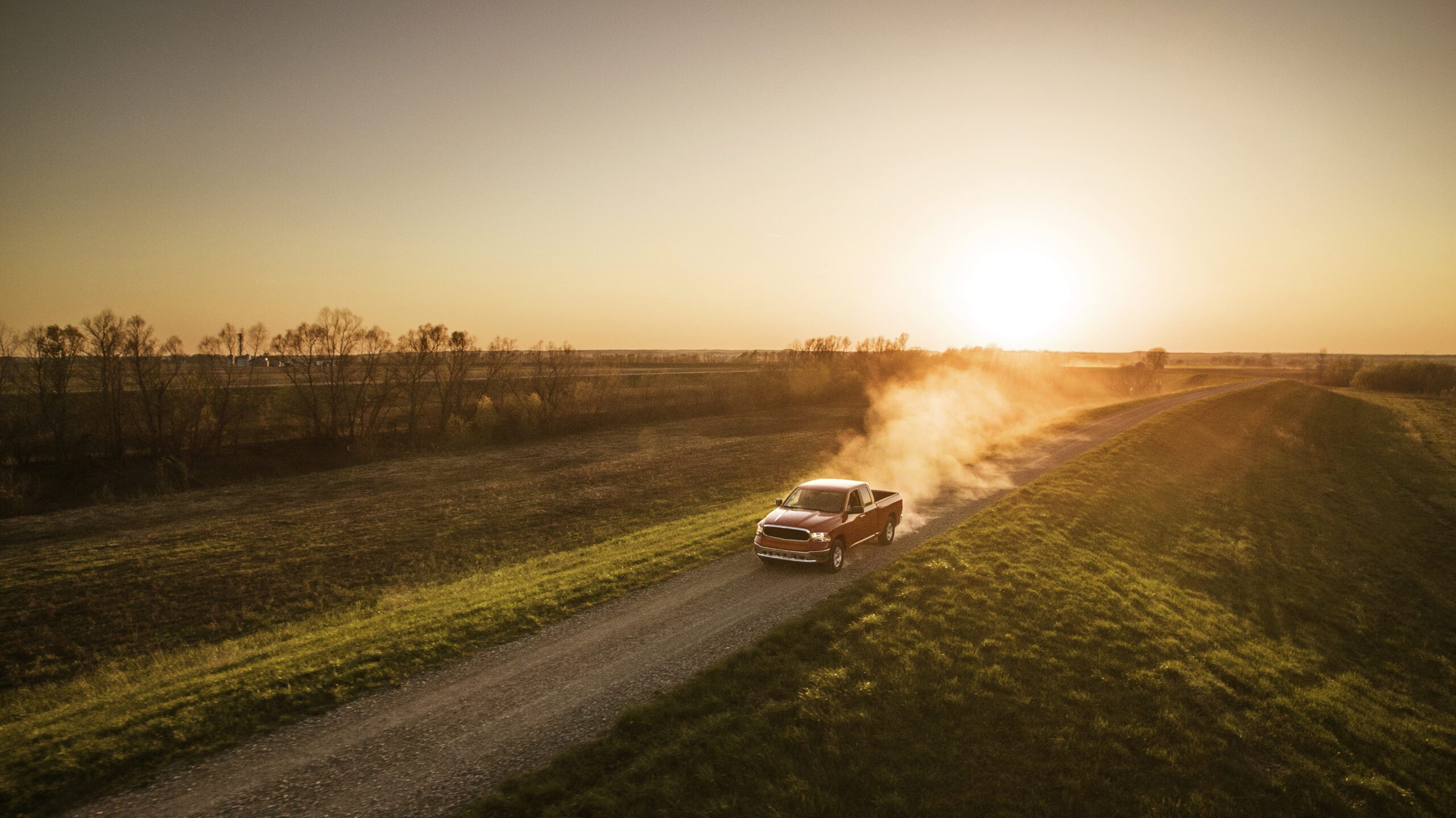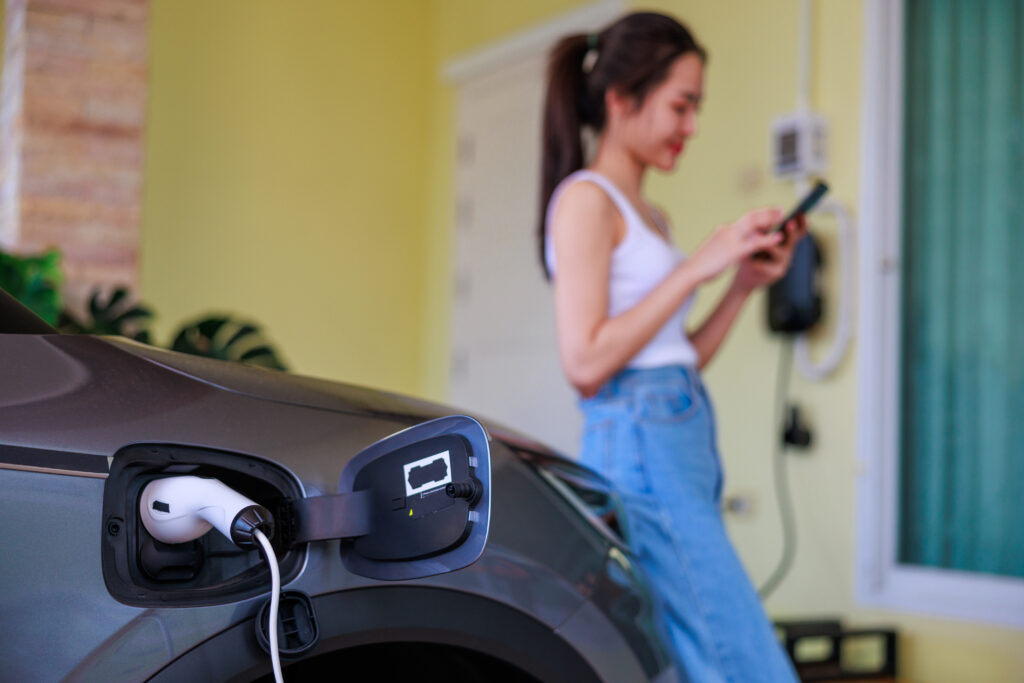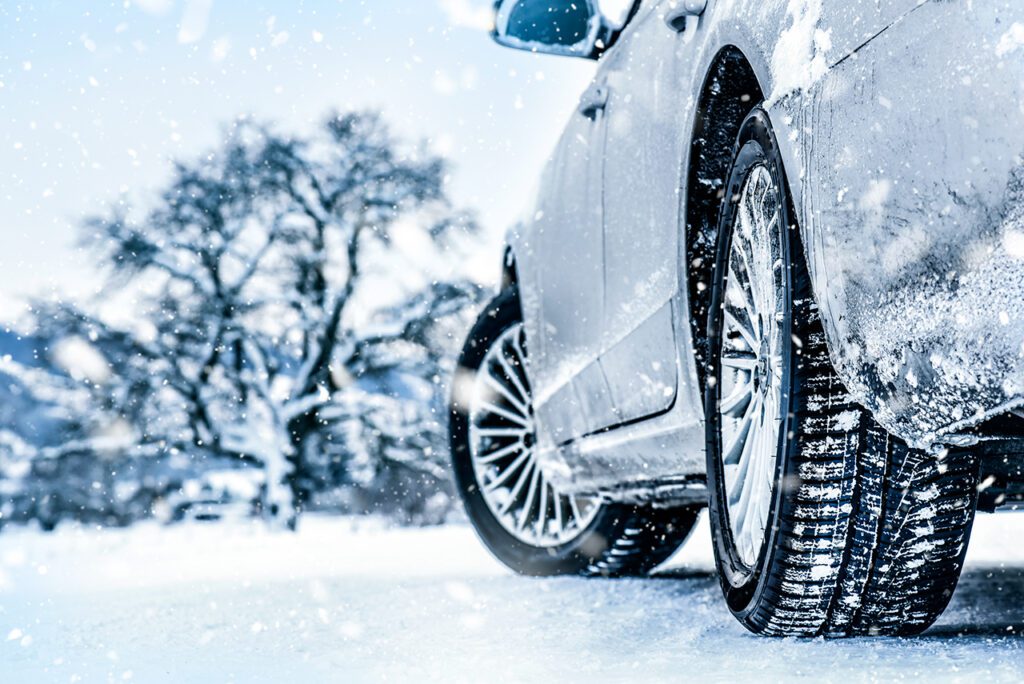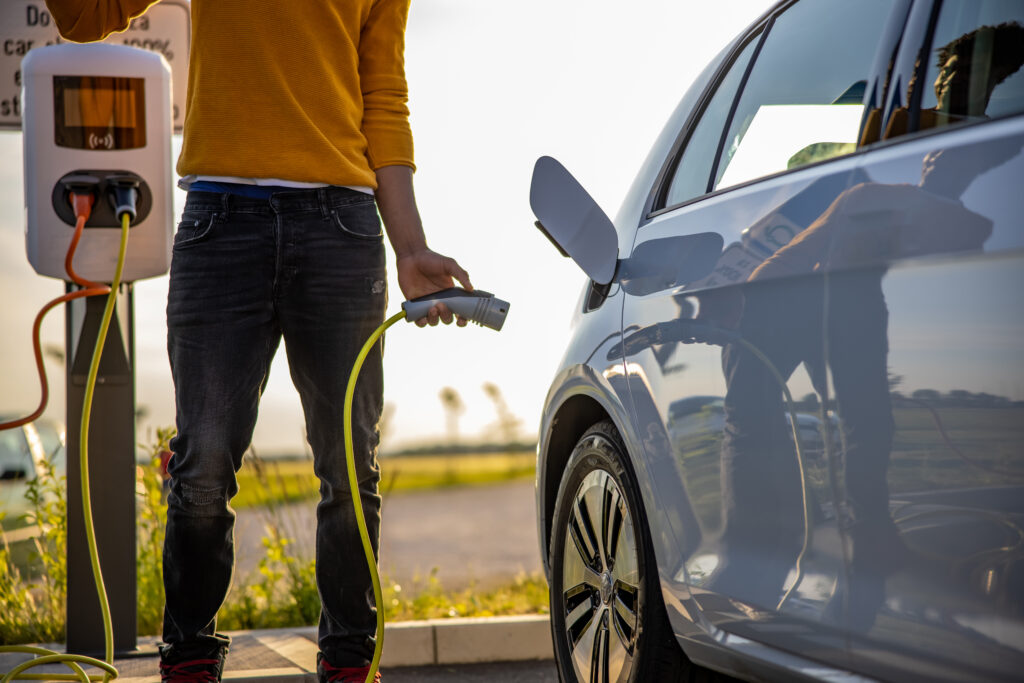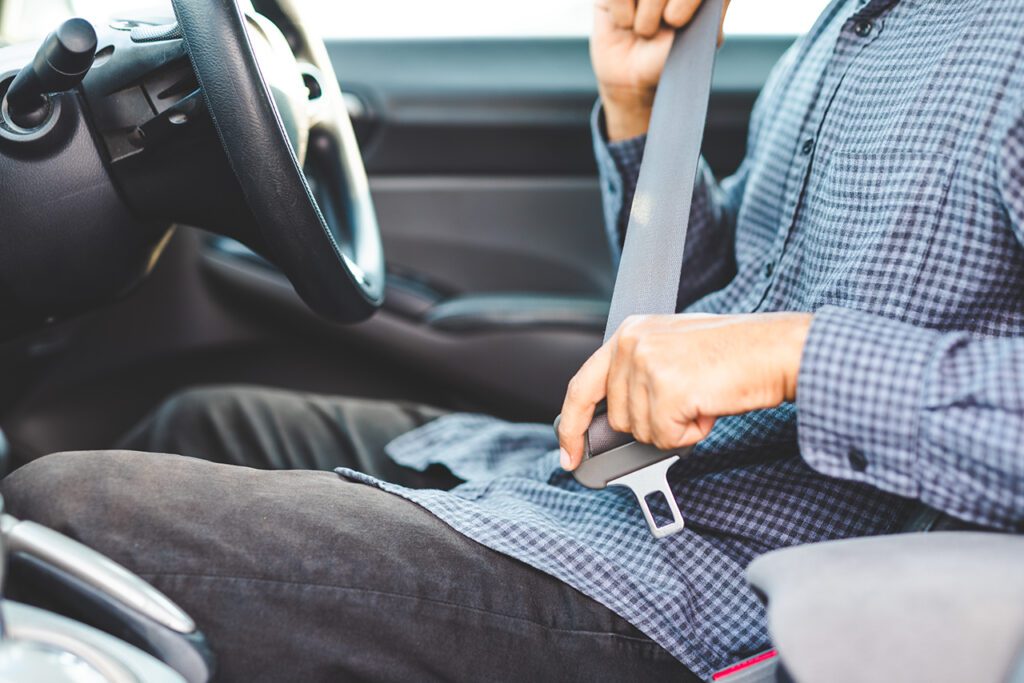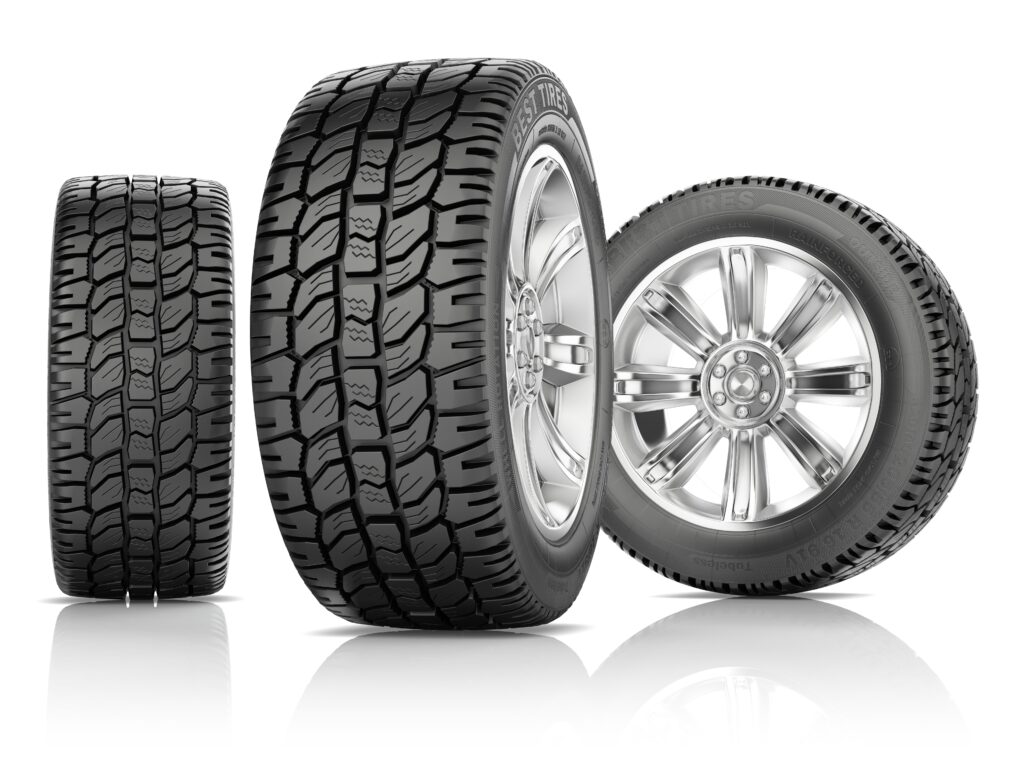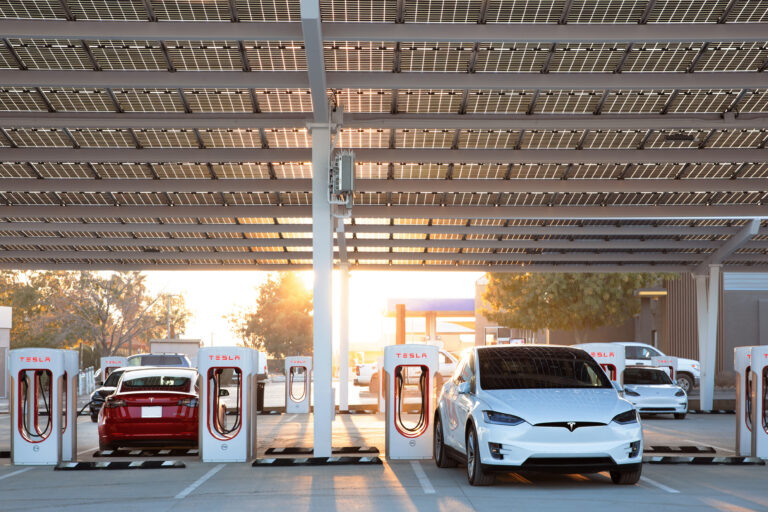
Currently (pun intended), there are two different types of charging plugs and systems for electric vehicles: Tesla’s version, called the North American Charging Standard (NACS), and the one used by everybody else, known as the Combined Charging System (CCS).
Simply put, the connectors are different. Like trying to use a U.S.-style plug in Europe, Asia, Africa or the South Pacific, non-Telsa drivers need to use an adapter at NACS stations. And, while laptops and phones have built-in software to manage different voltages, electric vehicles do not, so adapters are also needed to control the charging powers of the two different systems.
There are more CCS stations than NACS stations throughout the U.S. They are operated by a long list of manufacturers and suppliers, including ElectrifyAmerica, ChargePoint, EVgo, Blink, Autel and at least a dozen others. But only a few CCS chargers are ultra-fast or comparable to Tesla’s Superchargers, which can refill as much as 80% of an EV battery in about 30 minutes.
Non-Tesla CCS users report that many stations are broken or otherwise inoperable, which requires technicians from the providing manufacturer or supplier to fix it. That can take days or weeks and doesn’t help the non-Tesla owner who needs a refill right now to get to grandma’s house 100 miles away.
Hence, there is a push to adapt to the more reliable Tesla network, which is owned and operated by one company and has more super-fast chargers than all the other companies combined. It’s a battle for supremacy that some are comparing to the one decades ago between Betamax and VHS.
Ford and General Motors have announced plans to install the Tesla-style port in future vehicles. Other manufacturers, including Stellantis (Chrysler and Jeep), Mercedes-Benz and Polestar, the Swedish EV carmaker jointly owned by Volvo and China’s Geely, say they will provide adapters to hook up their vehicles to Tesla chargers. Several of the non-Tesla charging networks also plan to add Tesla units to their stations.
A consortium including some of these same manufacturers is also banding together to build a new national network of chargers that bypass Tesla entirely. It is still unclear who will operate that network or who/how EV owners will pay. As it stands now, EV owners are billed either through their ownership app or a specific charging company account.
The consortium includes BMW Group (which includes MINI), GM, Honda, Hyundai, Kia, Mercedes- Benz and Stellantis. They intend to install at least 30,000 high-powered chargers in urban and highway rest stop locations, to open in 2024 in the U.S. and 2025 in Canada. These stations will offer both Tesla’s NACS and everybody else’s CCS chargers and connectors.
Tesla is set to open its Supercharger network to non-Tesla EVs in 2024.
Maybe it’s not so confusing after all. The bottom line is that, soon, every EV owner will be able to fill up at any EV charging station, just as a traditional vehicle can go to any gas station.
Find an EV charging station near you with our charger locater tool.
